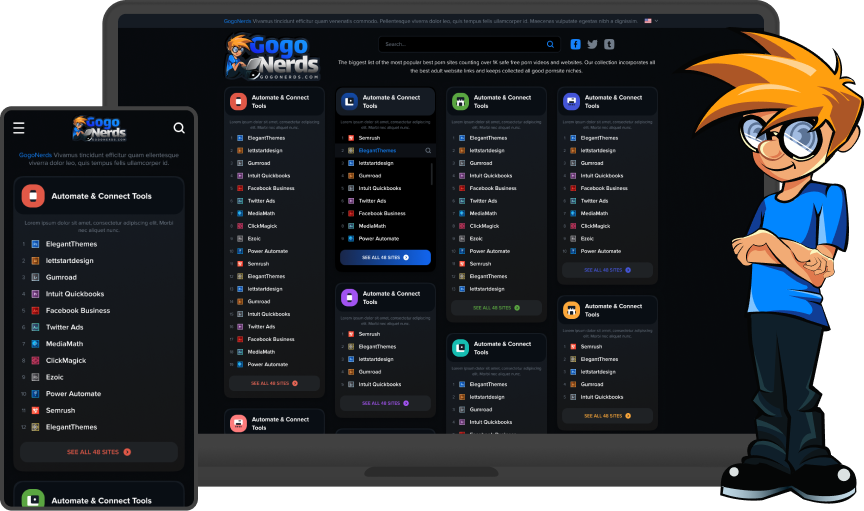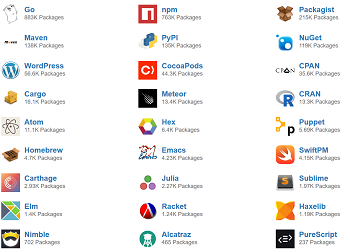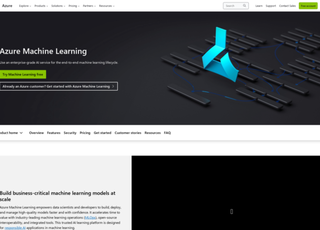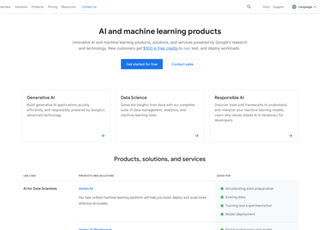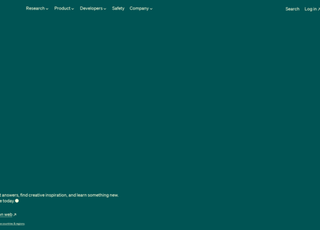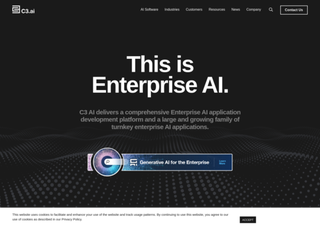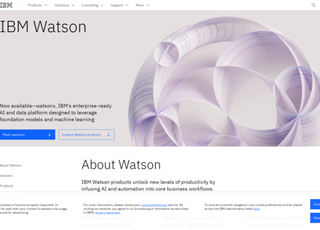TensorFlow
https://www.tensorflow.org/TensorFlow
TensorFlow is an open-source software library primarily used for deep learning applications. It was developed by the Google Brain team and made available to the public in 2015. TensorFlow is particularly known for its flexibility and capability to perform complex computations, which makes it a popular choice for developing and training machine learning models, especially neural networks.
Graph-Based Execution
TensorFlow models are represented as computation graphs, where each node represents a mathematical operation, and the edges represent the data (tensors) that flow between these operations. This structure allows for efficient computation and parallel processing.
Eager Execution
TensorFlow 2.0 introduced eager execution, which allows operations to be evaluated immediately without building graphs. This makes TensorFlow more intuitive and easier to debug.
Extensive Library
TensorFlow provides a rich library of functions and tools that help in building and training models. This includes pre-built layers, optimizers, and loss functions, which simplifies the process of implementing complex neural networks.
Scalability
TensorFlow is designed to scale from running on a single CPU or GPU to large clusters, making it suitable for a range of applications, from individual research projects to large-scale industrial applications.
TensorBoard
It includes an excellent visualization tool called TensorBoard, which allows developers to monitor and visualize various aspects of model training like metrics, model graphs, and more.
Community and Support
Being an open-source project, TensorFlow has a large community of developers and researchers who contribute to its development and provide support. This results in continuous improvements and updates to the library.
Versatility
TensorFlow is not just limited to deep learning. It can be used for a variety of other numerical computations where dataflow graphs can be useful.
Integration and Compatibility
TensorFlow can be integrated with other programming languages and platforms, and it supports multiple APIs in Python, which is the most commonly used language for TensorFlow programming.
Keras Integration
TensorFlow 2.0 has tightly integrated with Keras, a high-level neural networks API, which simplifies many operations and is more user-friendly, especially for beginners in deep learning.
Deployment
TensorFlow models can be deployed on a variety of platforms, including servers, edge devices, and mobile and web applications, thanks to TensorFlow Serving, TensorFlow Lite, and TensorFlow.js.
Advanced Optimization Techniques
TensorFlow offers various optimization algorithms that are essential for training deep learning models. These include Adam, SGD, and RMSprop, among others, which help in faster and more efficient convergence of training models.
Customization and Flexibility
One of TensorFlow's biggest strengths is its ability to allow custom operations. This is particularly useful for researchers who are experimenting with novel algorithms or layers that are not available in the standard library.
Data Handling
TensorFlow is equipped with data handling utilities like the tf.data API, which help in efficiently loading and pre-processing data, an essential step in any machine learning pipeline.
Distributed Training
TensorFlow supports distributed training, which allows the splitting of machine learning tasks across multiple devices, like multiple GPUs or even across different machines, to speed up the training process.
Regularization and Dropout
TensorFlow includes features like regularization and dropout, which are crucial in preventing overfitting in neural networks, ensuring that models generalize well to new, unseen data.
Transfer Learning and Pre-trained Models
TensorFlow provides access to a wide range of pre-trained models through its TensorFlow Hub. This is highly beneficial for transfer learning, where you can use the knowledge from an existing model and apply it to a different but related problem.
Automatic Differentiation
TensorFlow offers automatic differentiation capabilities, which simplifies the computation of gradients, a key step in the training of machine learning models.
Interoperability with Other Frameworks
TensorFlow can interoperate with other machine learning frameworks through conversion tools, allowing for flexibility in integrating different technologies in a single project.
Extensive Documentation and Resources
TensorFlow comes with comprehensive documentation and numerous tutorials, making it accessible to beginners while still being robust enough for expert users.
Industry Adoption
Beyond academic use, TensorFlow has seen widespread adoption in the industry. Companies use it for various applications like recommendation systems, image and speech recognition, and predictive analytics, to name a few.
TensorFlow's robustness, scalability, and extensive feature set make it a leading framework in the field of machine learning and artificial intelligence. Its continuous development and the strong support from both its community and corporate backing from Google ensure its relevance and improvement over time.

